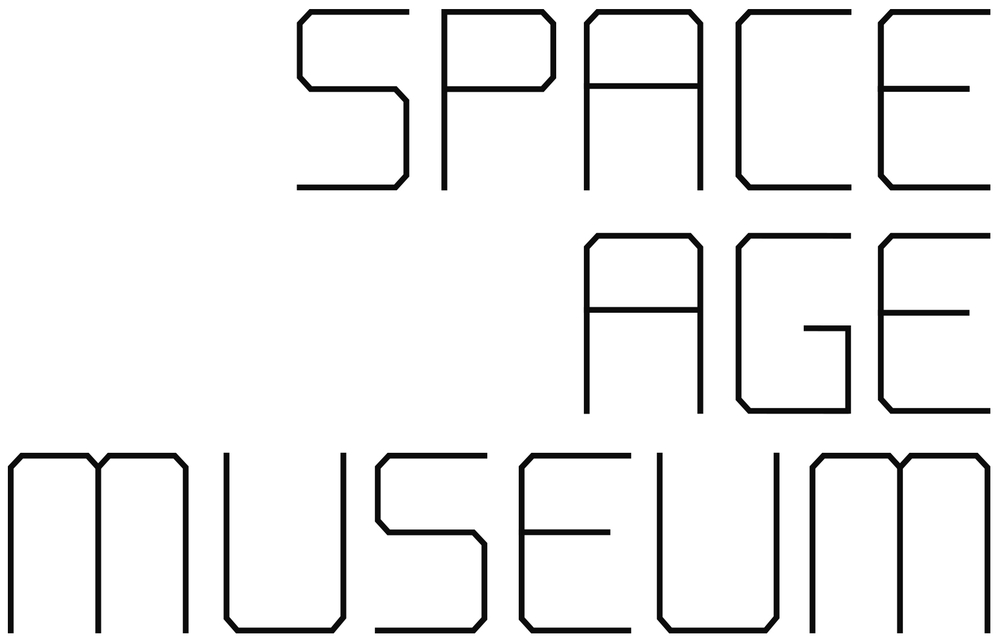Luer Rocket - Southern California; circa 1955.
Luer Rocket - Southern California; circa 1955.
Luer Rocket - Prescott, Arizona; circa 2007 prior to cross country transport to Space Age Museum.
Our mission is to preserve, interpret and present the cultural history of the Space Age.
We pursue that mission by relentless search for cultural artifacts that capture the spirit and underlying meaning of human space exploration.
In the process of creating Space Age Museum we have discovered that:
• America’s fascination with outer space is visible across the breadth of its cultural landscape, influencing the design of household products, toys, amusements, fashion, advertising, transportation and architecture.
• The ardent desire of everyday people to participate in the adventure of space exploration has found passionate and creative expression through support of US space initiatives, homebuilt spacecraft simulations, amateur astronomy, model rocketry, artistic space-themed works, and enthusiastic application of Space Age design. This drive to participate acknowledges the significance of space exploration in people’s lives and an aspiration to be part of a pivotal moment in history.
• Americans look optimistically towards a future in space that promises wide scale advances in technology, including development of humanoid robots.
• There are mythic dimensions to space exploration which derive largely from popular culture. Mythic narratives from Buck Rogers onward infuse the exploration of space frontiers with heroic purpose and affirm that it is human destiny to settle distant worlds and confront the unknown. In science fiction and among “true believers” the unknown quarters of the Universe are populated by extra-terrestrial life forms of limitless variety. Extra-terrestrials and their mysterious UFOs or flying saucers feature prominently in Space Age visionary art and roadside Americana. Part of our mission is to photograph those remnants of Space Age art and culture which still stand by American roads before the elements and urban renewal sweep them from the landscape forever.
We invite a look back at the early Space Age not only to rediscover an inspiring and dramatic part of America’s heritage, but also to explore how cultural ideas, images and designs of that time inform today’s society, particularly attitudes towards space exploration, planetary awareness, and the future.

